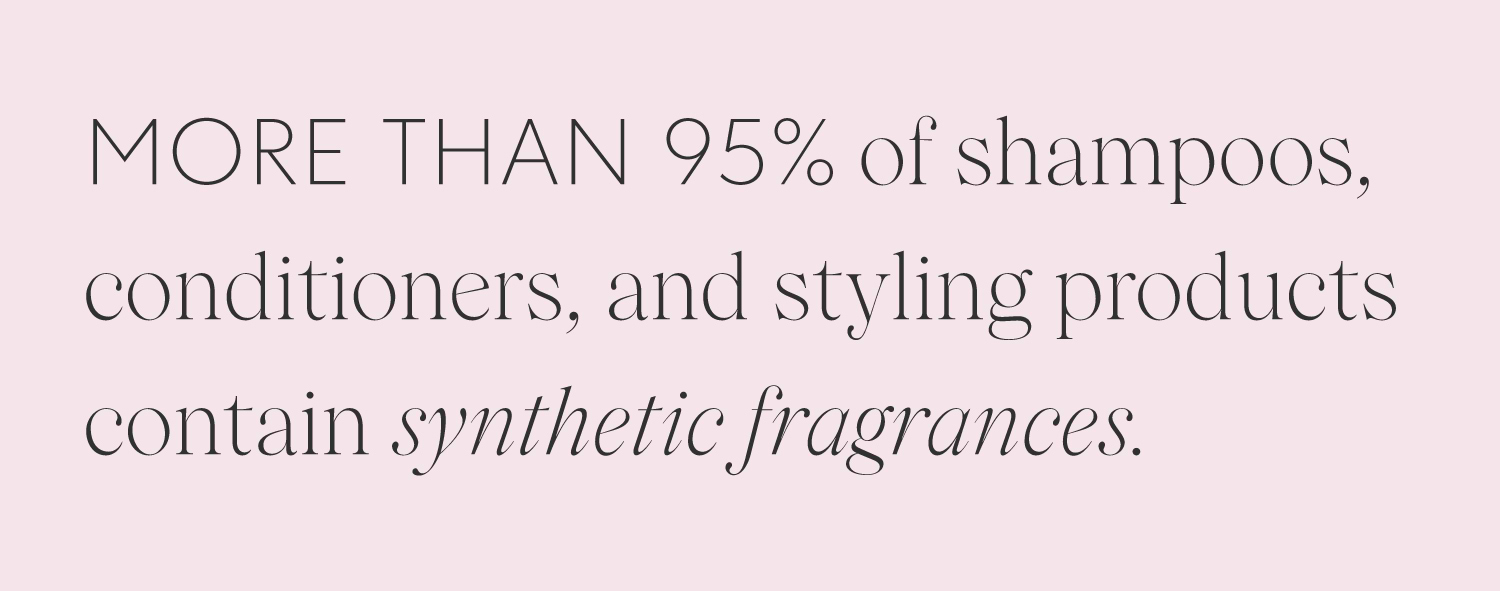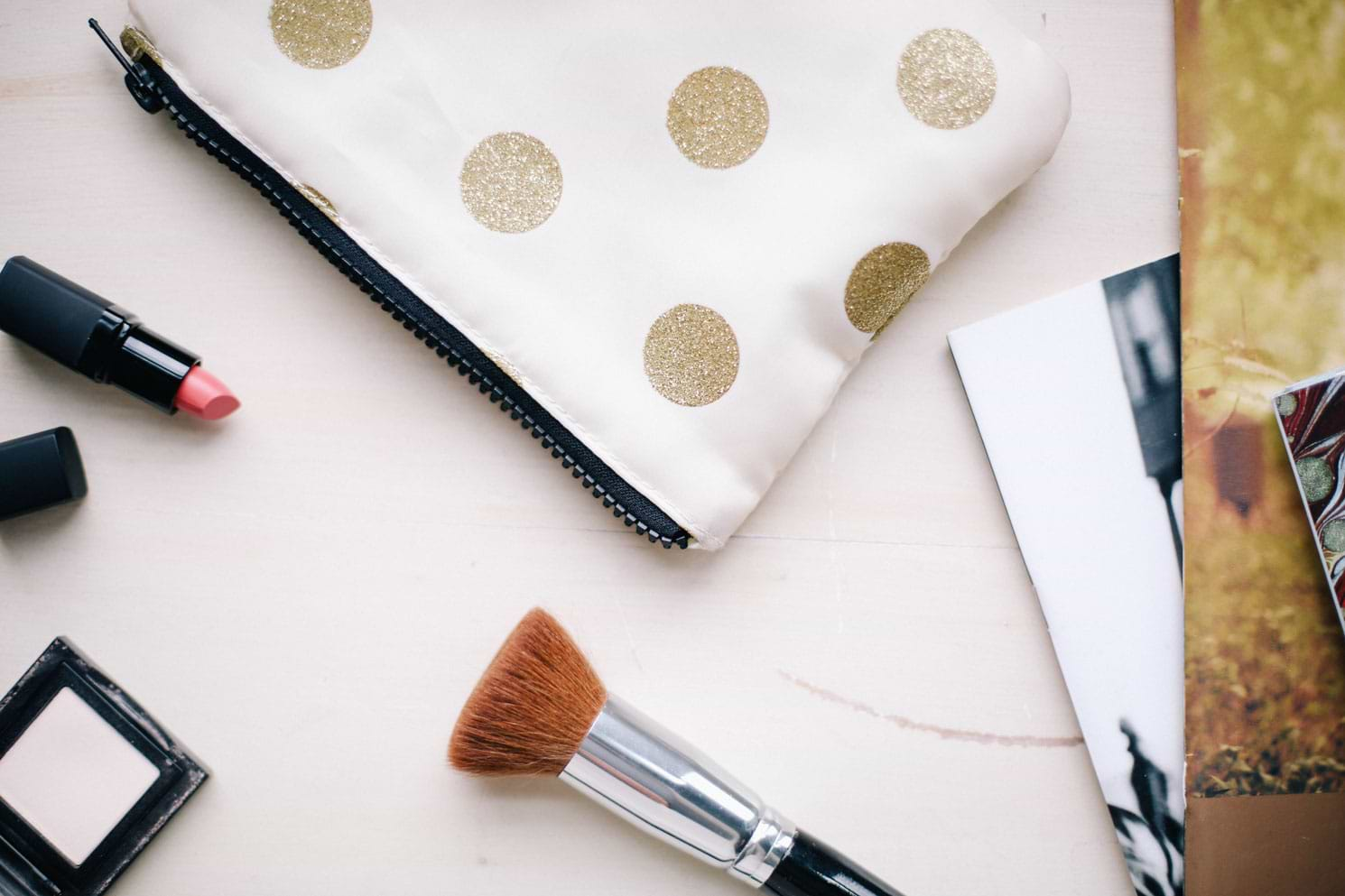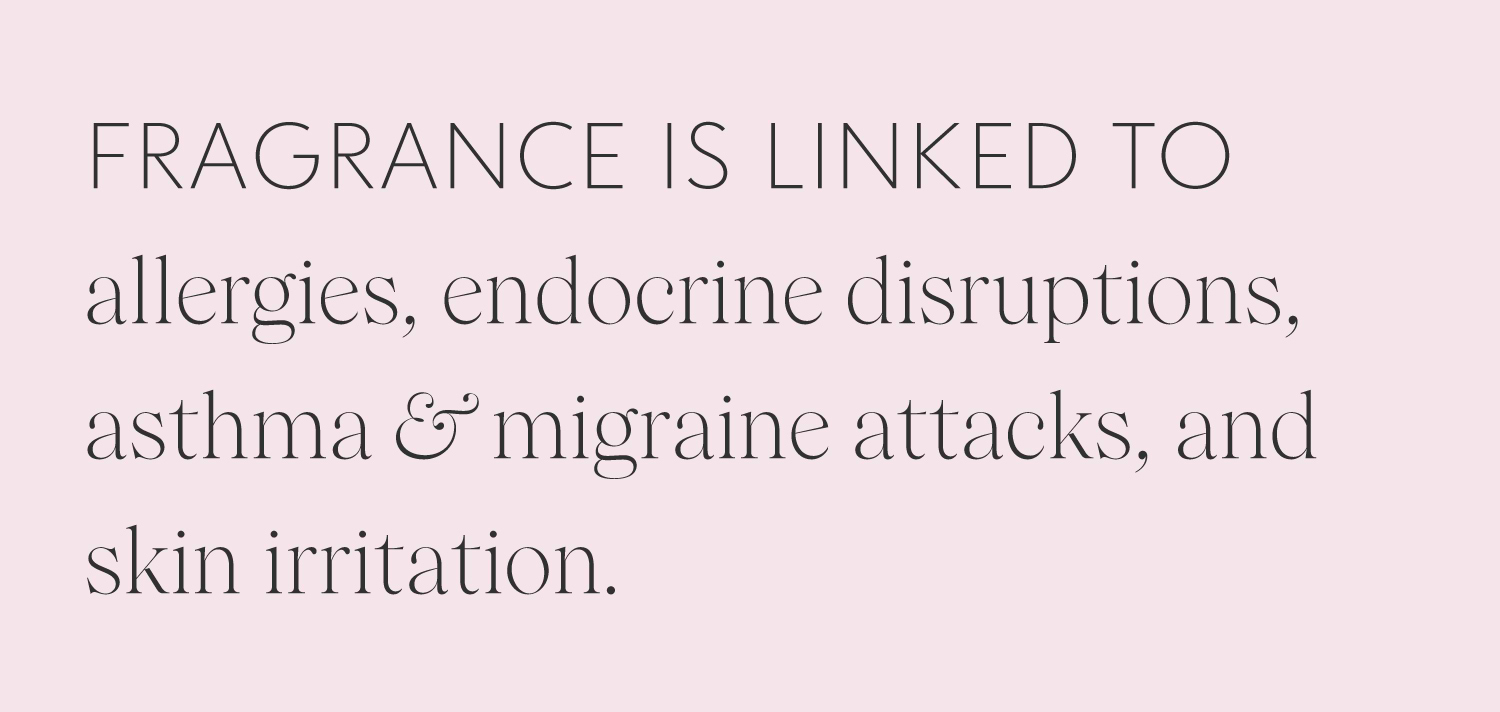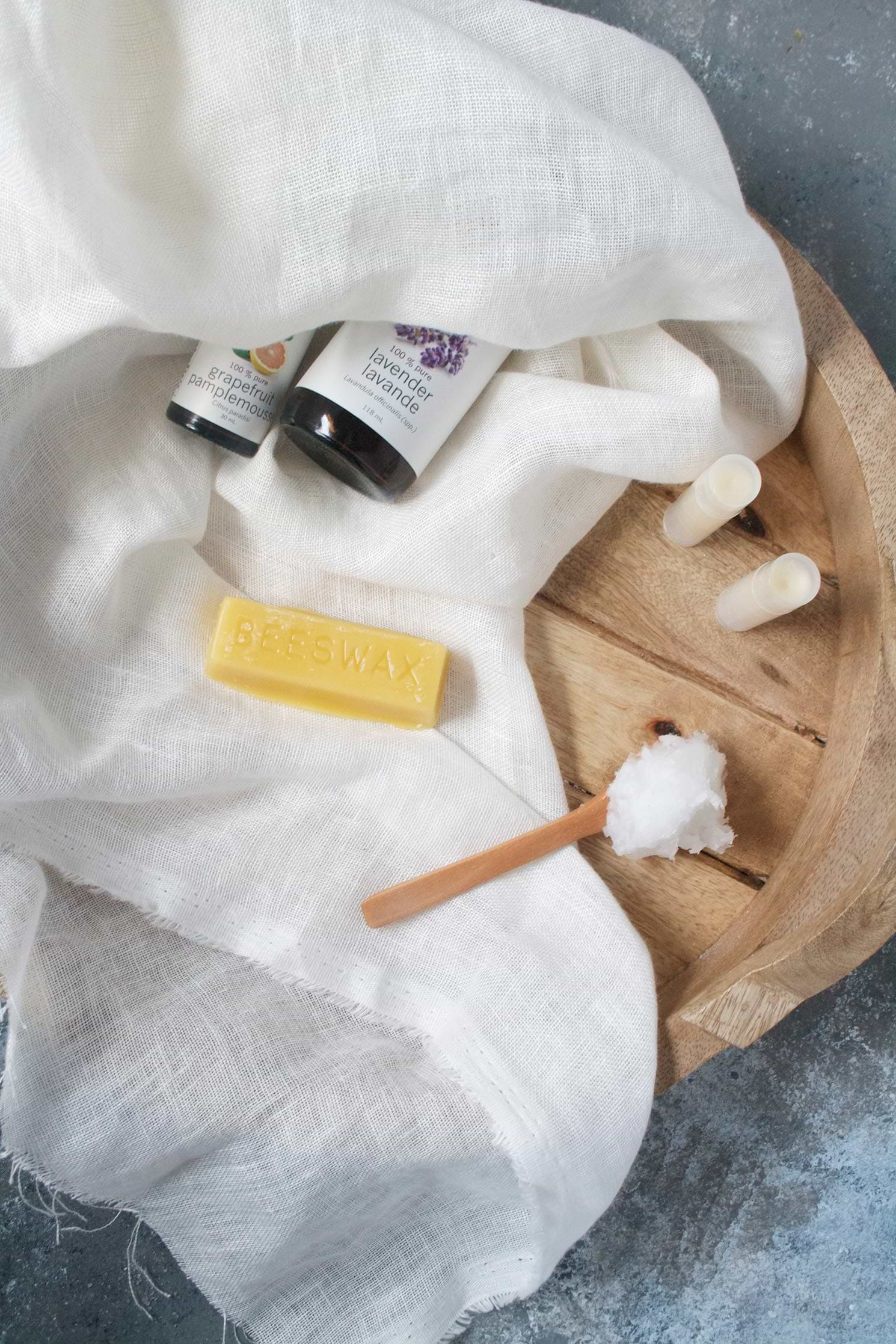Welcome to thoughtful, organic beauty
Hello Joyous is an organic, plant-based, sustainable beauty brand here to bring more joy to your day.
When it comes to personal care and beauty products, finding something that works great and smells amazing are two important criteria. Unfortunately, up to 95% of natural care products like shampoos, conditioners, and more contain synthetic fragrances to either add a pleasant scent or mask a bad smell.

However, just because these scents are used in many beauty and personal care products doesn’t mean they’re safe. In fact, you absorb many of these chemicals directly through the skin cells or through the hair follicles and sweat ducts. Once the chemical gets through, it has the opportunity to get into your bloodstream and circulate around your body.
According to a study published in the American Journal of Public Health, the skin can absorb between 64% and 100% of the chemicals in your skincare product.
How does this happen? There are many factors that determine how much chemical gets absorbed into your body like the size of the molecule, if you have any broken skin or if your skin barrier function is compromised as is the case with acne , eczema and rosacea.
If you think these chemicals are benign, think again. They have side effects as I will talk about shortly and small studies done by the Environmental Working Group have even shown they end up in the cord blood of newborn babies - I’m talking about hormone disrupting chemicals and the like!
Today I want to share everything you need to know about synthetic fragrances including what they are, how they’re used, and the best body-loving swaps you can make to clean your beauty routine!

What Are Synthetic Fragrances?
Did you know that synthetic fragrances can contain more chemicals than a puff of cigarette smoke? I know it seems unlikely, but one cigarette contains 250 chemicals, while a signature scent can contain up to 3000!!
What you may not realize is that synthetic fragrance is an umbrella term for a cocktail of up to 3,000 different ingredients.
Most of these chemicals have NOT been tested for safety, especially not when combined.
Due to regulations that are designed to protect trade secrets (and protect big corporations), these chemical combinations can be listed on labels solely as fragrance, so it can be nearly impossible to discover what specific chemicals are in any particular brand or product.
These chemical combinations and their unknown health risks is one reason I consider synthetic fragrances, colognes, and perfumes to be the new second-hand smoke: best avoided for joyous health!
Many people, especially those with multiple chemical sensitivities , are incredibly sensitive to the chemicals and artificial scents used in these products and, as we’ll see below, they can cause loads of health issues. In fact, when creating a fragrance, not every chemical used even contributes to the scent.
Some synthetic fragrances are made with chemicals called phthalates (plastisizers) that help the scents stick to your clothes, your skin and linger in the air.
Other petroleum-based chemicals often used in the creation of fragrances include: acetone, phenol, toluene, benzyl acetate, and limonene.
A major issue with the fragrance industry is that it isn’t federally regulated, which means there are many fragrance ingredients that are exempt from labelling laws, but that doesn’t mean they’re exempt from health effects! In fact, this study found that there were hazardous chemicals in many common beauty and personal care products that are linked to everything from neurotoxicity to breast cancer development, including skin irritation and respiratory toxicants.
How Are They Used In Beauty Products?
One reason it’s common for companies to use synthetic fragrances in their products is because compared to essential oils or extracts they are cheaper and easier to produce. They also typically contain fillers, which helps stretch them further. That makes them an attractive alternative to manufacturers who are looking to save some money, while still producing a product that consumers think smells good.

Unfortunately, that means that many companies are going to turn to synthetic fragrances since it is better for their bottom line. That’s why more than 95% of shampoos, conditioners, and styling products contain them. They are also used in deodorants, moisturizers, body lotions, and of course perfumes and colognes. You can even find these fragrances in your candles!
And don’t think that just because a product claims to be natural that they won’t use synthetic fragrances in their products. It’s not uncommon to find brands that turn to this option to save some money or because they are easier to work with. That’s why it’s so important to read your labels when purchasing beauty products.
Finally, some companies will use chemical combinations to mask unpleasant smells in their products so that they can call their products unscented! It’s a little sneaky and further proof that we need to educate ourselves as consumers and always read our labels. Below I’ll share the names to look out for so you can be a savvy shopper.
Why Are They Harmful?
Since there are so many chemicals and other ingredients that can make up any one single perfume or fragrance combination, there can be a broad range of health effects. Not only are we inhaling these synthetic scents, we also often apply them to our skin. And since our skin absorbs about 60% of what we apply to it, that means we are getting even more of a toxic load with every product we use. Thanks to the phthalates and other chemicals, synthetic fragrances:
There is no world where smelling like a vanilla forest is worth these kinds of negative health effects! That’s why I always encourage using natural essential oils in beauty products. Not only do they tend to smell fresher and more natural, they often have extra skin and body-lovin’ benefits!

What To Look For on Labels
When you’re shopping for beauty products, being a savvy label reader can help make sure you’re purchasing products that are healthy for your body and the planet. Some of the most common names that synthetic fragrances will be listed as include:
By taking a few moments to check your labels you’ll be able to see whether your favourite beauty brands are clean and safe or possibly loaded with chemicals for a not so joyous beauty routine. Luckily, as consumers become more savvy and more aware of the health effects of these synthetic fragrances, companies are starting to pay attention and are creating products that are pure and natural.
How to Limit Your Exposure to These Fragrance Chemicals?
Non-Toxic Perfumes and Essential Oils
Just because we decide to ditch conventional synthetic fragrances doesn’t mean we need to live a scent-free life! There are many safe and beautiful alternatives that we can use instead. I’ve shared some non-toxic perfumes and essential oils below so you can find the ones that work for you!

As you can see, there are lots of safe and clean beauty products and skincare options that you can use that are free from synthetic fragrances and chemicals. To get started, take a look at our Shop Joyous Health all-natural, plant-powered skincare, hair care, and body care products!
Very informative 💯
ReplyThank you Jannat!